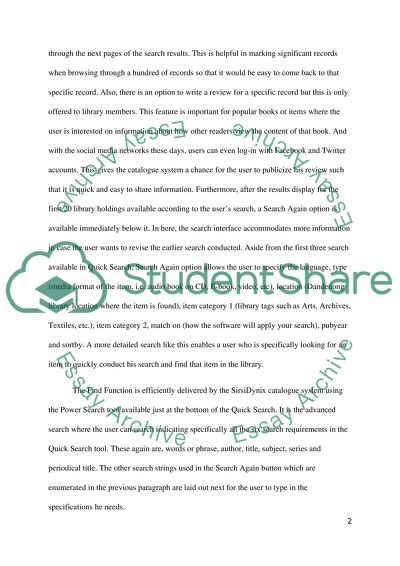Cite this document
(“An evaluation of online library catalogue: the SirsiDynix online Assignment”, n.d.)
Retrieved from https://studentshare.org/technology/1397148-an-evaluation-of-online-library-catalogue-the
Retrieved from https://studentshare.org/technology/1397148-an-evaluation-of-online-library-catalogue-the
(An Evaluation of Online Library Catalogue: The SirsiDynix Online Assignment)
https://studentshare.org/technology/1397148-an-evaluation-of-online-library-catalogue-the.
https://studentshare.org/technology/1397148-an-evaluation-of-online-library-catalogue-the.
“An Evaluation of Online Library Catalogue: The SirsiDynix Online Assignment”, n.d. https://studentshare.org/technology/1397148-an-evaluation-of-online-library-catalogue-the.


